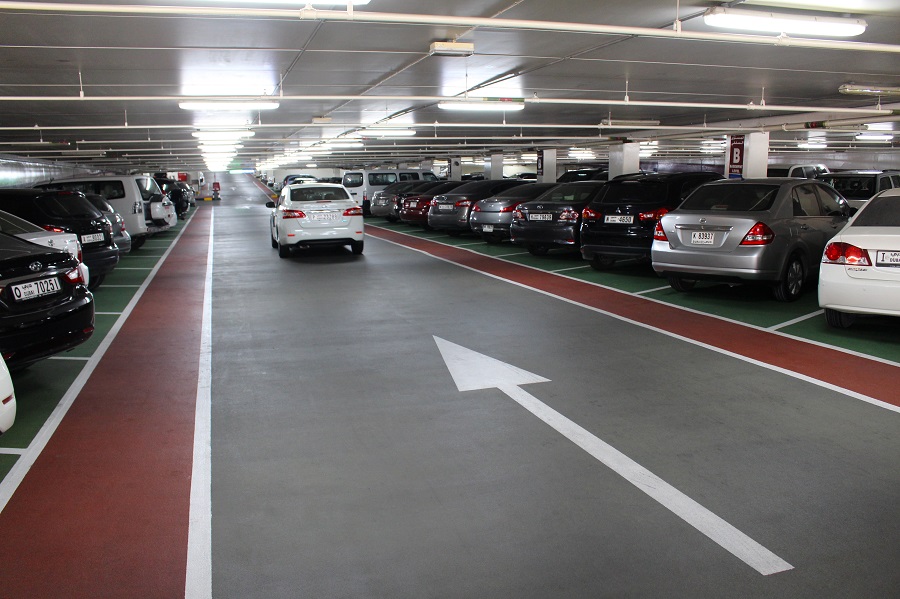Ribbons 101: Personalized Satin Ribbon, Weaves and Everything in Between

If you have questions about personalized ribbons, we have the answers. In this article, you will learn about the different factors that make the decorations apart from one another. Several factors make fabrics different from other fabrics. The most important factor that makes ribbons different from each other is the materials it was made. There are natural, or man-made fibers can make fabric. The second most important factor is the weave of the fabric. It determines what type of fabric and what is its uses. And lastly, the third factor you want to consider when you are selecting a ribbon is if that ribbon is wired edge or not. You also need to determine the width of the ribbon you are using. You can check printed satin ribbon at FinerRibbon.com or any websites that offer decorations, to differentiate and know every factor that makes ribbons like printed satins very popular.
Types of Fibers
Synthetic fibers are made from laboratories, and they are not found in nature. This kind of threads is widely used in both utility fabrics and fashion dresses. Fabrics like nylon and acetate that are made from synthetic fibers are often used in many waterproof projects. One of the disadvantages when using synthetic materials is that they are very heat sensitive compared to natural fibers. They tend to melt when being tumble-dried or ironed at high temperature. Other fabrics that use man-made, synthetic materials are acrylic, polyester, and rayon.
Natural Jute Fibers
Natural fibers are fabrics that are created from materials that we can find in nature. These fabrics that are made with natural fibers are more breathable and heat-resistant compared to fabric made with synthetic fibers. Materials like cotton are natural fibers that are widely used in every corner of the fabric spectrum because of its availability, durability, and easy dye-ability. Cotton fibers come from the cotton plant’s seed pods. Other known natural fibers include linen, which is made with the flax plant’s stalk, silk, which is made from the silkworm’s cocoon, and hemp, jute, and ramie, which are all made from processed fibers of certain plants.

Types of Weave
There are three known types of fabric weave – satin, twill, and plain weave.
Plain Weave – these materials are used in fibers that need to be tight, flat, and fabrics that accepts dye easily. Among all weaves, this is the most commonly used.
Satin Weave – This material is used in fabrics such as satins and brocades. Satin weave is a suppler variation on plain weave.
(Click here to know what is a fabric weave.)
Twill Weave – Twill weave is just like plain weave, but denser, soil-resistant and more flexible. Twill weave is used for heavier fabrics like denim.
Non-wired or wired ribbon
Wired ribbon or commonly known as wired edge ribbons are ribbons that have little wires sewn into each side so that it will remain rigid compared to a plain ribbon. Usually, the wires in the ribbon run down on either side of the ribbon, covered by the ribbon’s edging so that they are not visible. Some wired ribbons use a single wire that runs down in the middle for flexibility. Wired ribbons are used for projects that call for a ribbon that needs to hold its shape without bending or drooping like gift boxes and basket packaging or home decor. It comes in different sizes, textures, and designs.
Monofilament edge is an alternative for the wired edge, which is created using soft copper or fishing wires. This kind of ribbon is also known as memory ribbons and does not need to be re-fluffed. 
Ribbon Widths
These are some of the most common ribbon width available in the market.
3/8” – 5/8” – This kind of ribbons is known as narrow or trim ribbon. It is ideal for embellishing a gift, or you can use it in scrapbook projects. Many florists also use it in corsages or boutonnieres.
(To know the difference between a corsages and a boutonnieres, visit https://www.flower-arrangement-ideas.com/corsage-and-boutonniere.html.)
7/8” – 1” – 1 ½” – This width is the most common ribbon width that is used for packaging. It is also used for creating multi-width bows and embellishing gifts
2” – 2 ½” – These ribbon widths are used for wreaths and garlands or any home decor designs.
4” and above – These ribbons are usually found in quality fabrics. It is also used for garland mantles, chair ties, wreaths, bow making, and gift wrapping. It is commonly used in floral designs.
Ribbon Glossary
Choosing the right ribbon to use in your next project can be tough and tricky, so in this article, we’ve put together some of the most commonly used words or ribbon terms, to help you choose the right ribbon for your craft, packaging, sewing projects, etc.
Acetate
Acetate is a ribbon that is woven out of acetate threads in a satin weave. These ribbons are a lot stiffer with a satin finish. It is commonly used in pew bows, gift packaging, and floral arrangements.
Brushed sateen
Brushed sateen is fabrics that are brushed to give extra texture and feel that simulates suede fabric which is more affordable compared to other fabrics.
(To know the difference between satin and sateen, visit https://www.greenhousefabrics.com/blog/satin-vs-sateen)
Brocade
This woven fabric features a raised pattern that emphasizes contrasting colors and surfaces.
Burlap
It is a coarsely woven and solid fabric that is made out of flax, jute or hemp fibers. Hemp burlaps are slightly softer compared to jute or flax.
Jacquard
This type of fabric weaves is usually used for ribbon’s product pictorial effect. The term Jacquard is also used to refer ribbons that have embroidery on them. Both ribbons with embroidery or real jacquard have a clear right and wrong side of the ribbon, which should be taken into consideration when someone is trying to choose between ribbon styles for their projects.







